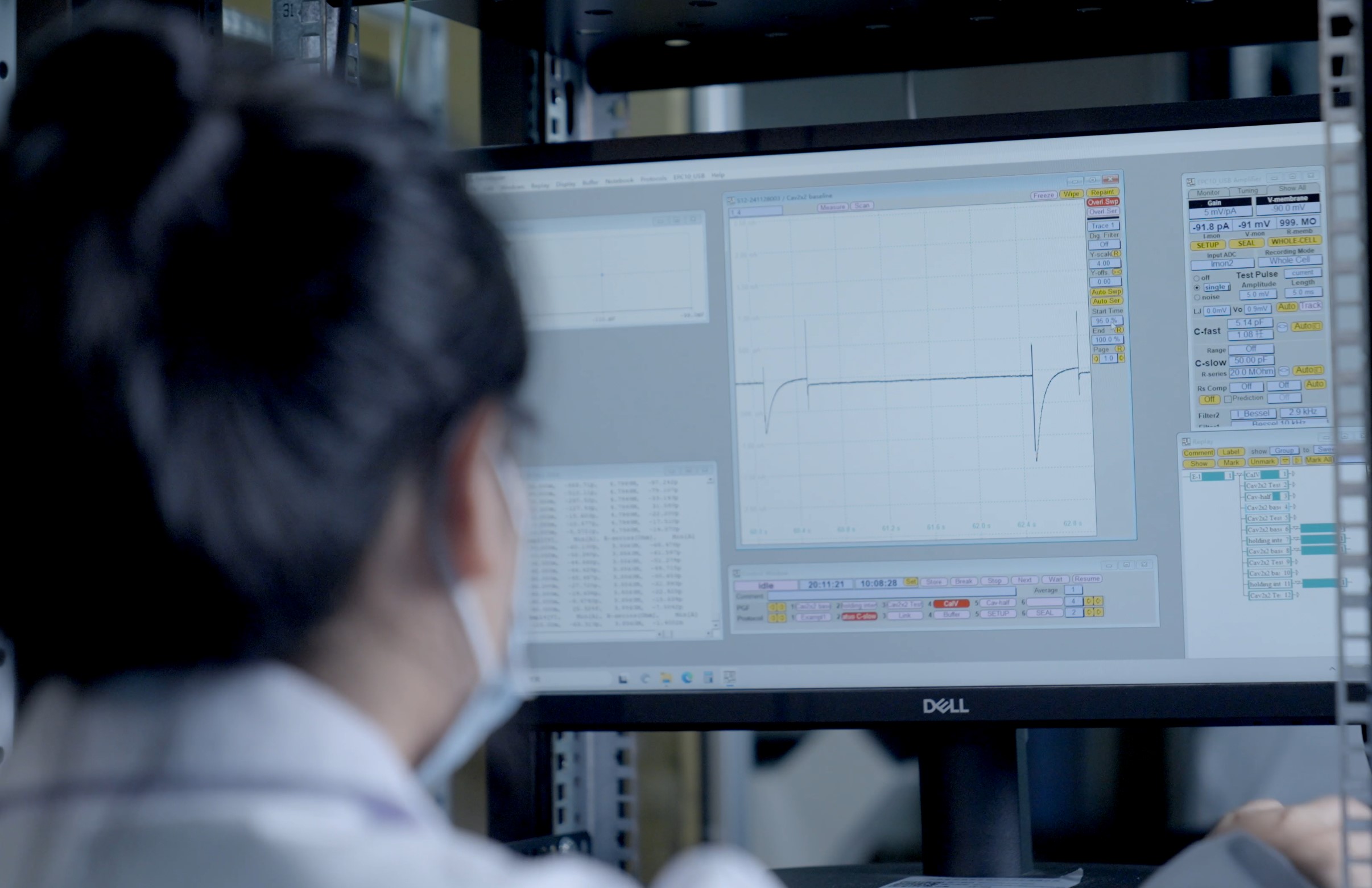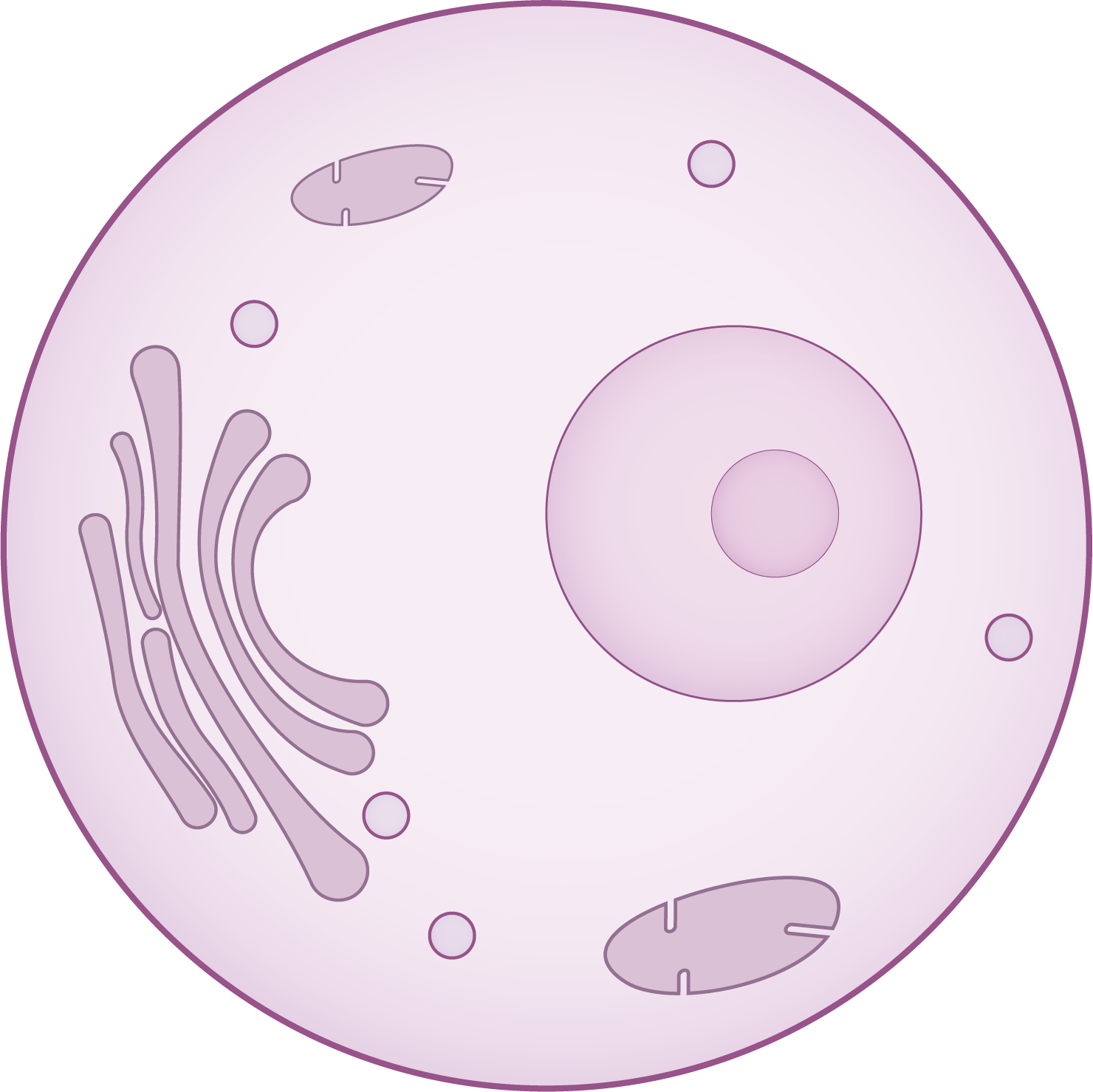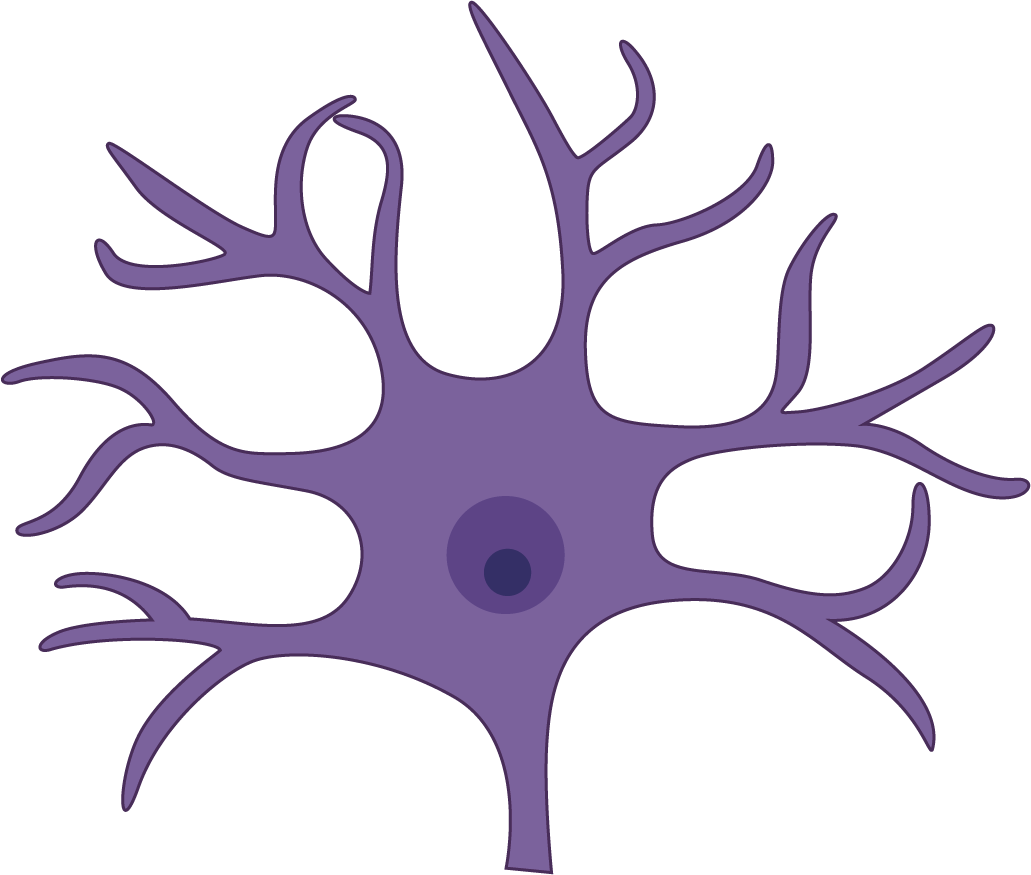Our cell line-based manual patch-clamp assays offer precise screening with kinetic resolution. We cover key ion channels using validated stable cell lines.
For intracellular targets, our endolysosomal patch-clamp assay enables direct functional recording of channels like TRPML1 in a quasi-native environment.







